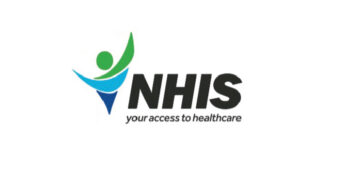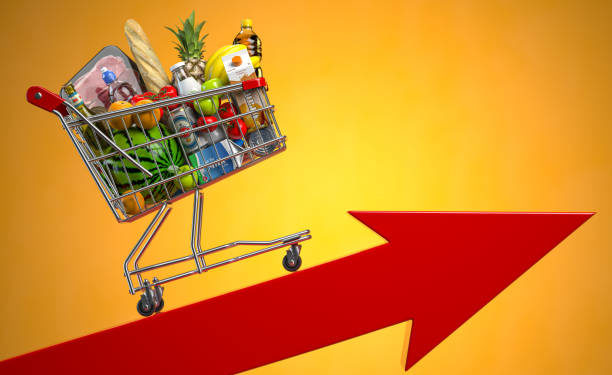FOOD AND NON-ALCOHOLIC BEVERAGE INFLATION has maintained and expanded its lead over non-food inflation for the second month in a row.
According to Ghana Statistical Service data, food and non-alcoholic beverage inflation climbed from 17.4 percent in February to 22.4 percent in March.
This was higher than the non-food sector’s 17 percent.
On a month-to-month basis, the difference between food inflation and non-food inflation was relatively less, with food inflation standing at 4.5% vs 3.7% for non-food.
Professor Samuel Kobina Annim, Government Statistician, noted in announcing the March figures that the economy saw a reversal of the dominance of housing, water, electricity, and gas, with the transport sector recording the highest rate of inflation of 27.6 percent.
“The contribution of food and non-alcoholic beverages on overall inflation increased by two per cent and it must be recorded that the contribution of transport recorded a much higher increase relative to food and non-alcoholic beverages which increased by 2.6 percentage points,” he stated.
Locally manufactured/ imported items‘
Prof. Annim further stated that the difference between locally produced and imported items had narrowed, despite the fact that locally produced items maintained their dominance with a 20% inflation rate in March, while imported items recorded a 17.3% rate.
Regional rates
The Brong Ahafo Region had the highest regional inflation rate of 23.1%, which was greater than the national average.
The Upper East Region, on the other hand, has the lowest inflation rate of 12.5%.
National inflation rate
The pace at which the prices of goods and services grew over time (inflation) hit its peak in March of this year.
The March inflation rate increased to 19.4 percent, up from 15.7 percent in February, owing mostly to the persistent rise in transportation and food expenses.
The rate is the highest in the country since August 2009, when the country’s inflation rate surpassed 20%.
It is also the eighth month in a row that the country’s inflation rate has surpassed the Bank of Ghana’s objective of 8% plus or minus 2%, a fact that has sparked demands for the monetary policy regulator to alter its projection in line with the realities of time.
According to Professor Annim, the transportation industry was the primary driver of last month’s inflation rate of 27.6 percent.
Food inflation
This was followed by food inflation, which reported a rate of 22.4 percent, up from 17.4 percent in February, owing mostly to the increase in food costs.
The surge in food costs has been ascribed mostly to the Russia/Ukraine conflict, which has resulted in fertiliser and certain agricultural supply shortages.
Kristalina Georgieva, Managing Director of the International Monetary Fund (IMF), had previously warned that Africa was particularly exposed to the negative economic impact of the Russia/Ukraine conflict, warning that the situation would result in higher food prices on the continent.
Unlike the services, industrial, maritime, and aviation sectors, which had large drops in growth during the pandemic, agriculture has been struck the most this time.
This is due to Russia and Ukraine accounting for a quarter of worldwide wheat exports, as well as at least 14% of maize exports in 2020 and a combined 58% of global sunflower oil exports in the same year.
Fertilizer is supplied from Ukraine and Russia and is widely utilized by farmers in Ghana and Africa.
Already in Ghana, for example, farmers’ fertilizer subsidies have reduced dramatically from 36% to 15%.
Read Also: Government releases GH¢67.9m to Colleges of Education
SOURCE: GRAPHIC ONLINE




























